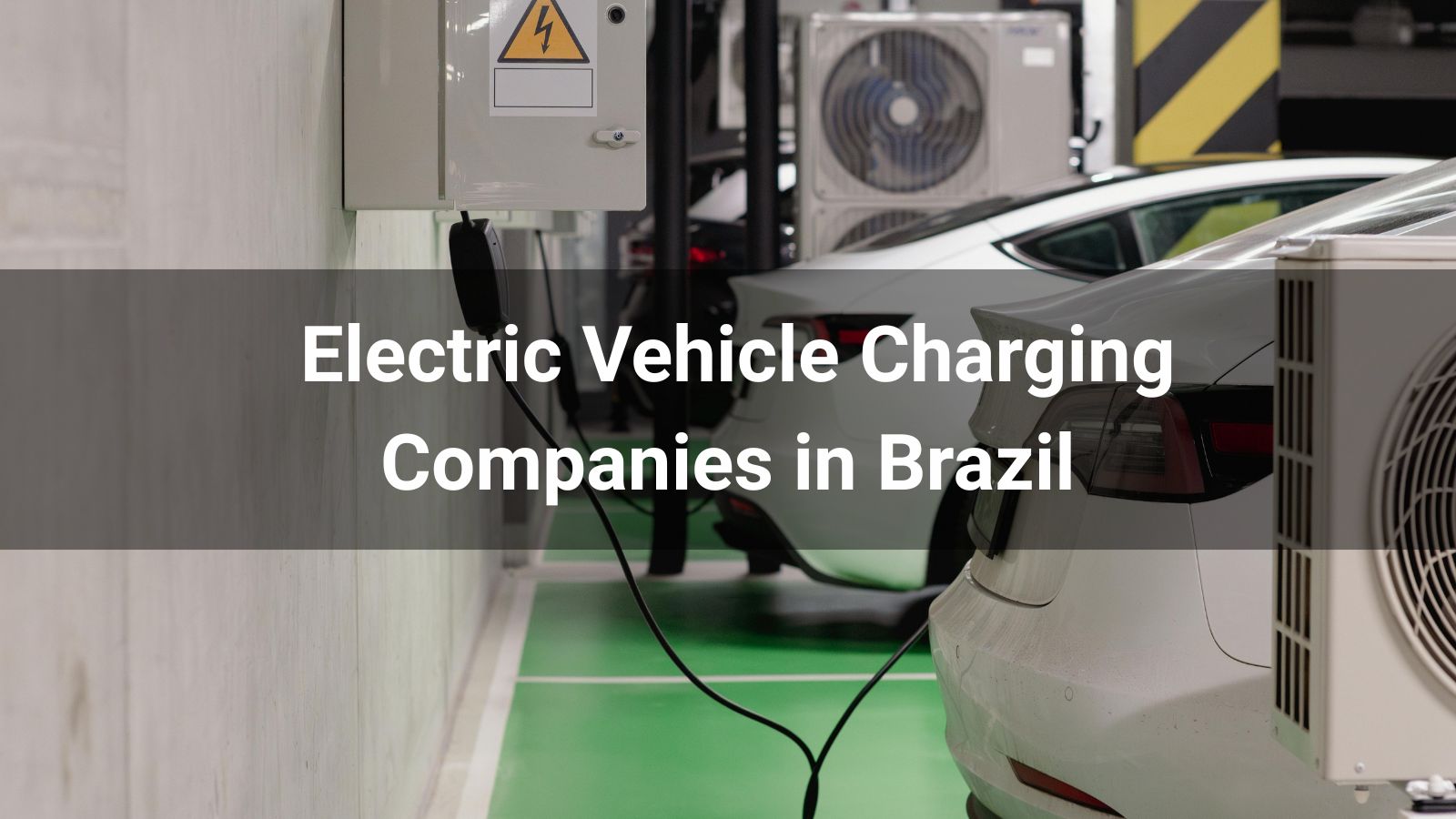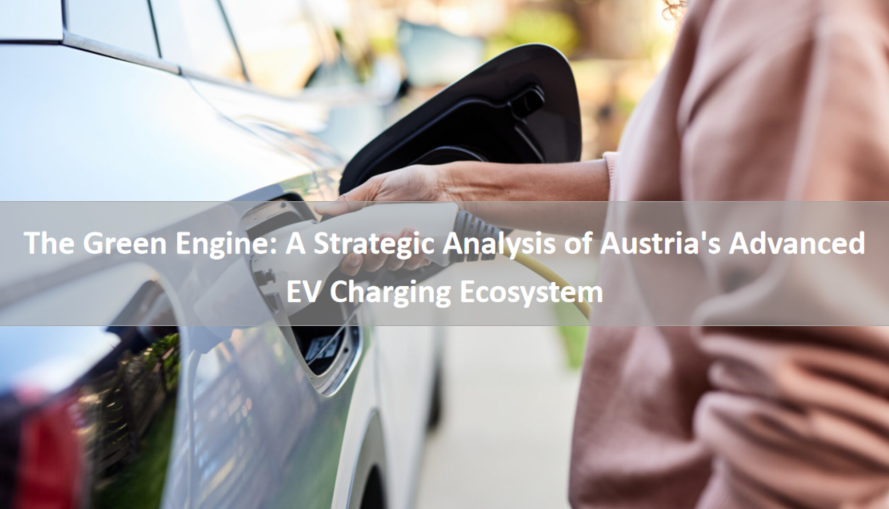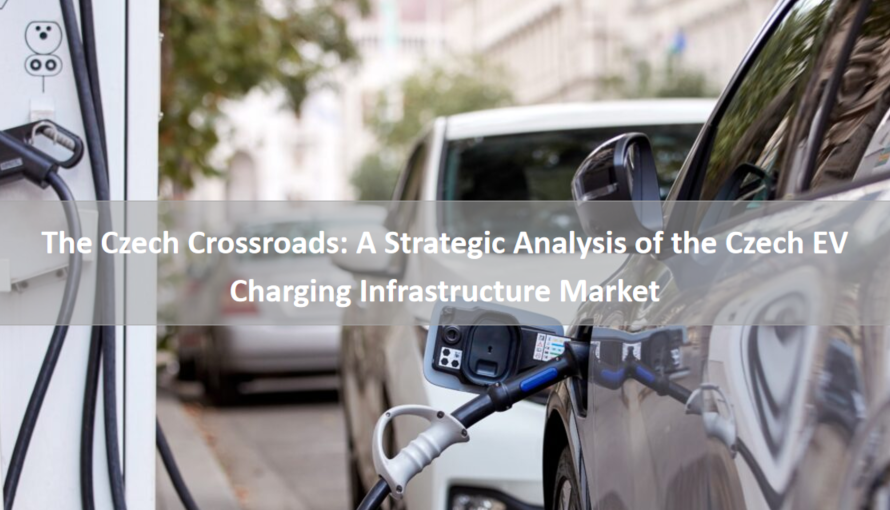_1754118102_WNo_1600d900.webp)
Belarus is rapidly emerging as a leader in Eastern Europe’s electric vehicle (EV) charging infrastructure, driven by robust national policies, a nuclear-powered grid, and a state-led push for sustainable mobility. This report provides a comprehensive analysis of Belarus’ EV charging station market, covering national policies, market size, development status, opportunities, and challenges, tailored for operators, installers, and distributors seeking to capitalize on this growing market. Supported by presidential decrees and Belorusneft’s Malanka network, Belarus targets 1,304 charging stations by 2030, with the EV market projected to grow from 4,000 vehicles in 2025 to 100,000 by 2030 at a CAGR of 90.7%. With over 1,200 stations already operational, Belarus leads the Eurasian Economic Union (EAEU) in charging infrastructure. Opportunities include leveraging nuclear energy, deploying multi-standard DC chargers, and tapping regional connectivity, while challenges such as high grid upgrade costs, regulatory gaps, and geopolitical tensions persist. Anari Energy’s Vulco DC Series offers tailored solutions to address these challenges, ensuring compatibility, efficiency, and scalability. Strategic recommendations focus on partnerships, regulatory alignment, and consumer engagement to position stakeholders for success in Belarus’ dynamic EV market.
Belarus’ national policies for EV charging infrastructure are progressive, driven by presidential decrees, tax incentives, and Belorusneft’s role as the state operator, targeting 1,304 charging stations by 2030. However, regulatory gaps and limited private-sector involvement hinder global integration and scalability.
Belarus’ policy framework is strategically aligned with leveraging its Belarusian Nuclear Power Plant (2.4 GW) and reducing fossil fuel dependency, positioning it as a regional leader in electromobility. Key policy elements include:
Since 2018, presidential decrees have designated Belorusneft as the national operator, offering VAT exemptions for EV purchases and subsidies for locally manufactured vehicles like the Geely Geometry C by SZAO BelGee. These incentives, reducing EV costs by up to 20%, mirror strategies in Kuwait but are more state-centric.
Subsidies for charging infrastructure are limited to state-backed projects, restricting private-sector participation compared to Côte d’Ivoire’s public-private model. This centralization ensures rapid deployment but limits innovation diversity.
The government’s 2018 roadmap targets 1,304 charging stations by 2030, with 1,224 in urban areas and 80 along motorways, including 86 super-fast 350 kW stations. By 2021, 431 stations were operational, demonstrating strong execution.
The use of Analytical Hierarchy Process (AHP) and Geographic Information System (GIS) for station placement optimizes coverage, similar to Kuwait’s data-driven approach, ensuring accessibility in high-traffic areas like Minsk.
The Belarusian Nuclear Power Plant, operational since 2020, generates 18 billion kWh annually, providing a low-carbon foundation for EV charging. By 2030, EVs are projected to consume 3 billion kWh, leveraging surplus capacity.
Unlike Tanzania’s 60% renewable mix, Belarus’ nuclear focus ensures reliability but raises safety and geopolitical concerns, as noted in regional analyses.
While Belorusneft’s Malanka network uses OCPP 1.6-compliant software, the absence of universal connector standards (e.g., CCS2, CHAdeMO, NACS/J3400) risks compatibility issues, similar to challenges in Jordan.
Geopolitical tensions, including sanctions and border conflicts, limit international partnerships, hindering access to advanced technologies and global best practices.
Belarus’ EV market is poised for exponential growth, projected to expand from 4,000 vehicles in 2025 to 100,000 by 2030 at a CAGR of 90.7%, driving significant demand for charging infrastructure. With over 1,200 stations, the charging market leads the EAEU but requires further investment to meet future needs.
Belarus had 4,000 EVs in 2021, growing to an estimated 4,000 in 2025 due to data updates, with projections of 100,000 by 2030 and 600,000 by 2035, achieving a 20% market share. This rapid growth, driven by incentives and local production, outpaces Kuwait’s projected 10,000 EVs by 2030.
Domestic manufacturing by SZAO BelGee, producing models like Geely Geometry C, reduces import dependency, unlike Angola’s market constraints.
As of 2025, Belarus operates over 1,200 charging stations, including 646 Malanka-branded stations, consuming 7.5 million kWh in Q1 2025, nearly double Q1 2023. The target of 1,304 stations by 2030 aims for a 10:1 EV-to-charger ratio, aligning with global benchmarks like China’s.
The global EV charging market, projected to grow from USD 30.63 billion in 2025 to USD 257.33 billion by 2032 at a CAGR of 35.5%, underscores Belarus’ potential as a regional leader.
Belarus’ 1,200 stations surpass South Africa’s 350 and Côte d’Ivoire’s 30, positioning it ahead of regional peers like Kuwait (365 stations).
The focus on super-fast chargers (180–350 kW) aligns with China’s 85% fast-charger share, offering a model for operators to prioritize high-power solutions.
Belarus’ EV charging infrastructure is the most advanced in the EAEU, with over 1,200 stations, including 646 Malanka stations and super-fast chargers. Local manufacturing and nuclear energy drive progress, but urban-centric deployment and high grid upgrade costs pose challenges.
Belarus operates over 1,200 charging stations, with 646 under Belorusneft’s Malanka brand, including 180 kW and 350 kW super-fast chargers supporting a 300 km range in 9 minutes. The forEVo network introduced Belarus’ first NACS connector in 2025, enhancing Tesla compatibility.
Stations are concentrated in Minsk and regional centers, limiting rural access, similar to Kuwait’s urban focus.
Over 630 stations use Belarusian equipment from Vityas and BKM Holding, with software localized since 2022, reducing reliance on European systems. This contrasts with Kuwait’s dependence on private imports.
Belorusneft’s state-driven model ensures rapid deployment but limits private-sector innovation compared to Côte d’Ivoire’s Pétro Ivoire approach.
The Belarusian Nuclear Power Plant’s 18 billion kWh capacity supports EV charging, with 500 million kWh projected for 100,000 EVs by 2025. This ensures reliability, unlike Tanzania’s grid constraints.
Smart charging and V2G pilots, though limited, aim to optimize grid usage, aligning with global trends in Jordan.
Urban-centric deployment restricts access outside major cities, with only 80 motorway stations planned by 2030.
High grid upgrade costs for 350 kW stations, equivalent to factory-level capacity, pose scalability challenges, mirroring Kuwait’s peak load issues.
Belarus’ EV charging market offers substantial opportunities, driven by nuclear energy surplus, super-fast charger expansion, and regional connectivity. Multi-standard DC chargers and strategic partnerships, such as with Anari Energy, can accelerate growth and address market needs.
The nuclear plant’s 18 billion kWh capacity, with only 3 billion kWh projected for EVs by 2030, provides a reliable, low-carbon foundation. Co-locating chargers with nuclear grids, as in China’s BYD model, ensures cost efficiency.
Operators can leverage this surplus to offer competitive pricing, attracting urban and fleet users.
Plans for 86 super-fast 350 kW stations by 2030, delivering 340 km range in 10 minutes, position Belarus as a leader, surpassing Kuwait’s AC-heavy network.
Multi-standard DC chargers, like Anari’s Vulco DC Series, support CCS2, CHAdeMO, and NACS, ensuring compatibility with Belarus’ diverse EV fleet, including Tesla models.
Belarus’ strategic location along EAEU trade routes, including the M1/E30 highway, supports charging corridors for logistics vehicles, similar to Kuwait’s GCC Railway plans.
The Malanka network’s recognition as the EAEU’s best low-carbon project enhances regional export potential for distributors.
Belarusian manufacturers like Vityas can partner with global firms to export charging equipment, leveraging expertise from 630 locally-made stations.
Battery-swapping stations, successful in China with 50% of heavy-duty trucks, could suit Belarus’ electrobus fleet, reducing charging times.
Belarus’ EV charging infrastructure faces challenges, including high grid upgrade costs, regulatory gaps, limited private investment, and geopolitical tensions. Strategic solutions, such as Anari Energy’s scalable chargers, can mitigate these barriers.
Super-fast 350 kW stations require grid capacities equivalent to industrial plants, with 7–8 stations consuming as much as a factory. Upgrades, costing billions, strain budgets, similar to Kuwait’s challenges.
Operators face demand charges, increasing operational costs, as noted in global studies.
The absence of universal connector standards risks compatibility issues, as seen in Tanzania. While forEVo’s NACS adoption is promising, broader implementation is needed.
Limited regulatory clarity on pricing and interoperability, as in Jordan, deters private investment.
State-driven development via Belorusneft limits private-sector innovation, unlike Kuwait’s Alghanim-led model, reducing competition and scalability.
Geopolitical tensions, including sanctions, restrict access to global capital and technologies.
High upfront EV costs (twice that of fossil-fuel vehicles) and limited rural infrastructure deter adoption outside Minsk, mirroring Jordan’s range anxiety issues.
Dependence on local production risks supply chain vulnerabilities if global EV trends shift.
Accelerate Super-Fast Charger Deployment
Operators should prioritize 350 kW multi-standard DC chargers, like Anari’s Vulco DC Series, along motorways and urban centers to meet Belarus’ 2030 targets.
Installers can leverage plug-and-play designs to reduce deployment time by 20%, as seen with Anari’s solutions.
Enhance Regulatory Alignment
Operators and distributors should advocate for OCPP 2.0 and ISO 15118 adoption to ensure interoperability, aligning with global standards.
Engage Belorusneft to standardize pricing models, reducing consumer cost barriers.
Foster Strategic Partnerships
Operators and installers should partner with Anari Energy (www.anariev.com) to deploy cost-effective, multi-standard chargers, leveraging Belarus’ nuclear surplus.
Distributors can collaborate with Vityas and BKM Holding to export Anari’s Vulco DC Series, capitalizing on EAEU demand.
Promote Consumer Adoption
Operators should launch campaigns via Malanka and forEVo apps to highlight charger locations and EV benefits, addressing range anxiety through test drives, as in Côte d’Ivoire.
Distributors can offer leasing models with Anari’s chargers to reduce upfront costs, drawing on China’s incentives.
Leverage Nuclear and Regional Opportunities
Operators should co-locate chargers with nuclear grids, using Anari’s V2G-enabled Vulco DC Series to manage peak loads and generate revenue.
Distributors should target EAEU markets, leveraging Belarus’ leadership to distribute Anari’s scalable solutions.
Belarus is poised to lead Eastern Europe’s electromobility transition, with over 1,200 charging stations and a projected EV market of 100,000 vehicles by 2030. Robust policies, nuclear energy surplus, and local manufacturing drive progress, but high grid costs, regulatory gaps, and geopolitical challenges require strategic solutions. Anari Energy’s Vulco DC Series, with its multi-standard compatibility, energy efficiency, and modular design, addresses these barriers, offering operators, installers, and distributors a competitive edge. By leveraging partnerships, aligning with global standards, and tapping regional opportunities, stakeholders can position Belarus as a sustainable mobility hub. Contact Anari Energy at www.anariev.com to explore tailored charging solutions and seize this dynamic market opportunity.
Read more:







